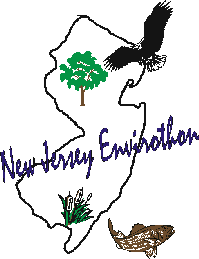Wildlife Objectives
|
Key Point 1: Identify Wildlife and Signs
Learning Objectives:
Key Point 2: Know the Natural History of Wildlife Species in New Jersey
Learning Objectives:
Key Point 3: Conservation and Protection of New Jersey’s Wildlife
Learning Objectives:
Key Point 4: Understanding Wildlife Risks
Learning Objectives:
|
Quick Navigation |


